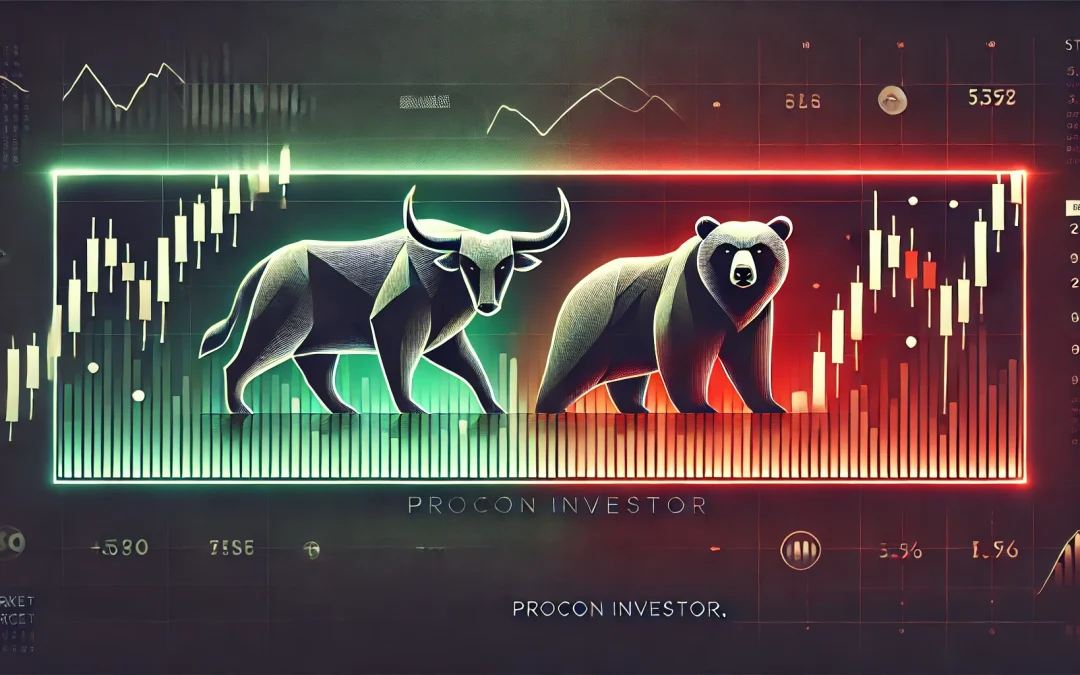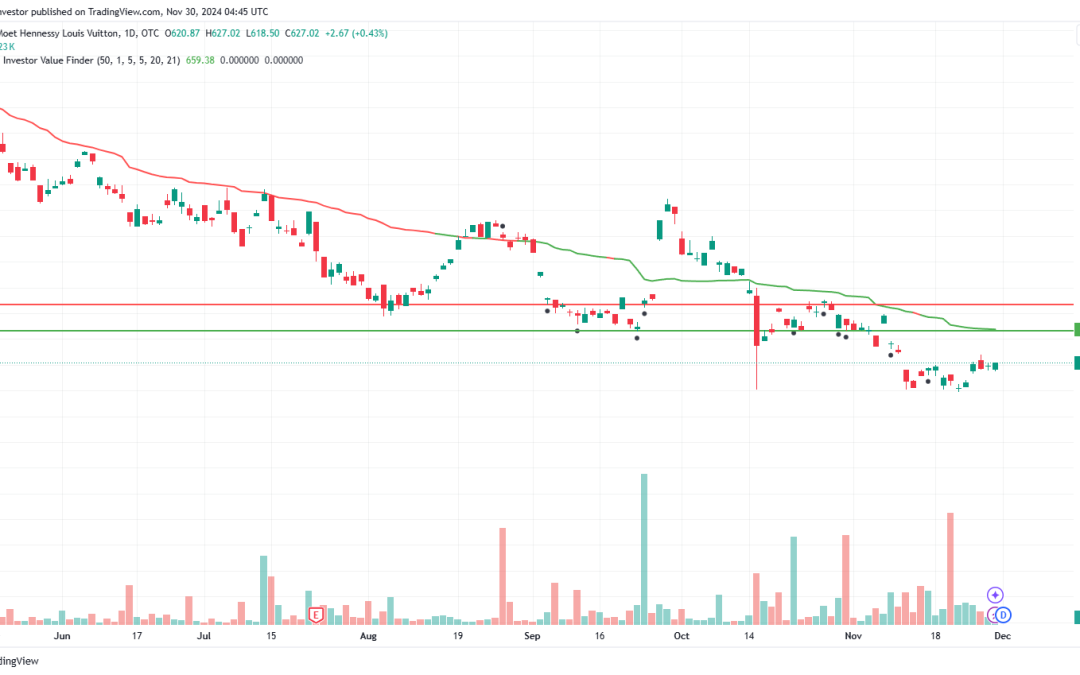Wolfspeed, Inc. (NYSE: WOLF) is a leader in silicon carbide (SiC) and gallium nitride (GaN) technologies, which are critical to enabling innovations in electric vehicles (EVs), renewable energy systems, and 5G communications. The company has made substantial investments in manufacturing facilities and is navigating significant financial challenges as it seeks to capitalize on the growing demand for its products. Here’s a closer look at Wolfspeed’s manufacturing capabilities, financial performance, and investment potential.
Manufacturing Facilities: Scaling for Growth
1. Mohawk Valley Fab (Marcy, New York)
The Mohawk Valley Fab is the world’s first and largest 200mm silicon carbide fabrication plant. Fully automated and operational since April 2022, this facility focuses on producing automotive-qualified SiC wafers, meeting the EV market’s rapidly increasing demand for efficient and reliable semiconductors. It is a cornerstone of Wolfspeed’s manufacturing strategy and positions the company to remain a leader in SiC technology.
2. The John Palmour Manufacturing Center for Silicon Carbide (Siler City, North Carolina)
The Siler City facility, named after Wolfspeed co-founder John Palmour, began producing 200mm SiC crystal wafers in June 2024. This facility is poised to be the largest SiC materials factory in the world, significantly expanding Wolfspeed’s capacity to supply raw materials for its semiconductor production.
3. Planned Saarland Facility (Germany)
In February 2023, Wolfspeed announced plans for a €3 billion SiC wafer fabrication facility in Saarland, Germany. This facility was expected to strengthen Wolfspeed’s presence in Europe and cater to the automotive and industrial sectors. However, in October 2024, Wolfspeed suspended these plans, citing slower-than-expected EV adoption in Europe and reduced demand for SiC chips. This decision underscores the challenges of scaling operations amid fluctuating market conditions.
Financial Overview: Balancing Growth and Challenges
Revenue Trends
Wolfspeed’s revenue for Q1 FY2025 was $194.7 million, a slight 1.4% decrease from the same quarter in the previous year. The decline reflects weaker-than-expected demand in the automotive sector, one of Wolfspeed’s primary markets.
Net Loss
The company reported a net loss of $148.9 million in Q3 FY2023, up from $99.5 million in Q3 FY2022. The widening losses are largely due to high costs associated with research and development, as well as the operational expenses of scaling its manufacturing capabilities.
Capital Expenditures
Wolfspeed’s aggressive expansion strategy has led to substantial capital investments. For example, in Q3 FY2024 alone, the company incurred $14.4 million in factory start-up costs and $30.4 million in underutilization expenses. While these investments are critical for future growth, they weigh heavily on the company’s short-term profitability.
Government Support
In October 2024, Wolfspeed secured up to $750 million in funding under the U.S. CHIPS and Science Act. This funding will support the construction of the Siler City facility and the expansion of the Mohawk Valley Fab, providing much-needed financial relief and helping Wolfspeed maintain its competitive edge in the SiC semiconductor market.
The Pros and Cons of Investing in Wolfspeed

Pros
- Industry Leadership: Wolfspeed is a leader in SiC technology, with a first-mover advantage and deep expertise in developing high-performance wafers and devices.
- High-Growth Markets: The company operates in rapidly expanding sectors, including EVs, renewable energy, and 5G.
- Government Support: Substantial U.S. funding under the CHIPS and Science Act underscores Wolfspeed’s strategic importance to domestic semiconductor production.
- Capacity Expansion: Facilities like Mohawk Valley and Siler City position Wolfspeed to meet increasing global demand for SiC semiconductors.

Cons
- Profitability Challenges: The company is not consistently profitable, with high costs from R&D, operational expenses, and expansion efforts.
- Market Volatility: Semiconductor stocks are sensitive to market cycles, and Wolfspeed’s focus on SiC and GaN technology increases its exposure to demand fluctuations.
- Execution Risks: Delays in ramping up production at new facilities, such as the now-suspended Saarland plant, could hinder Wolfspeed’s ability to meet market demand.
- Valuation Concerns: Wolfspeed’s stock trades at premium price-to-sales and price-to-earnings multiples, reflecting high expectations for future growth.
Conclusion: A Strategic Investment with Risks
Wolfspeed’s leadership in silicon carbide technology and its significant investments in manufacturing facilities position it as a key player in the EV and renewable energy markets. However, the company faces notable challenges, including profitability concerns, execution risks, and market volatility. The suspension of its Saarland facility plans highlights the difficulties of scaling operations in an evolving market.
For investors, Wolfspeed represents a high-risk, high-reward opportunity. Those willing to navigate its short-term challenges may benefit from its potential long-term growth in transformative industries. As always, due diligence and a clear understanding of the risks are essential before investing.







